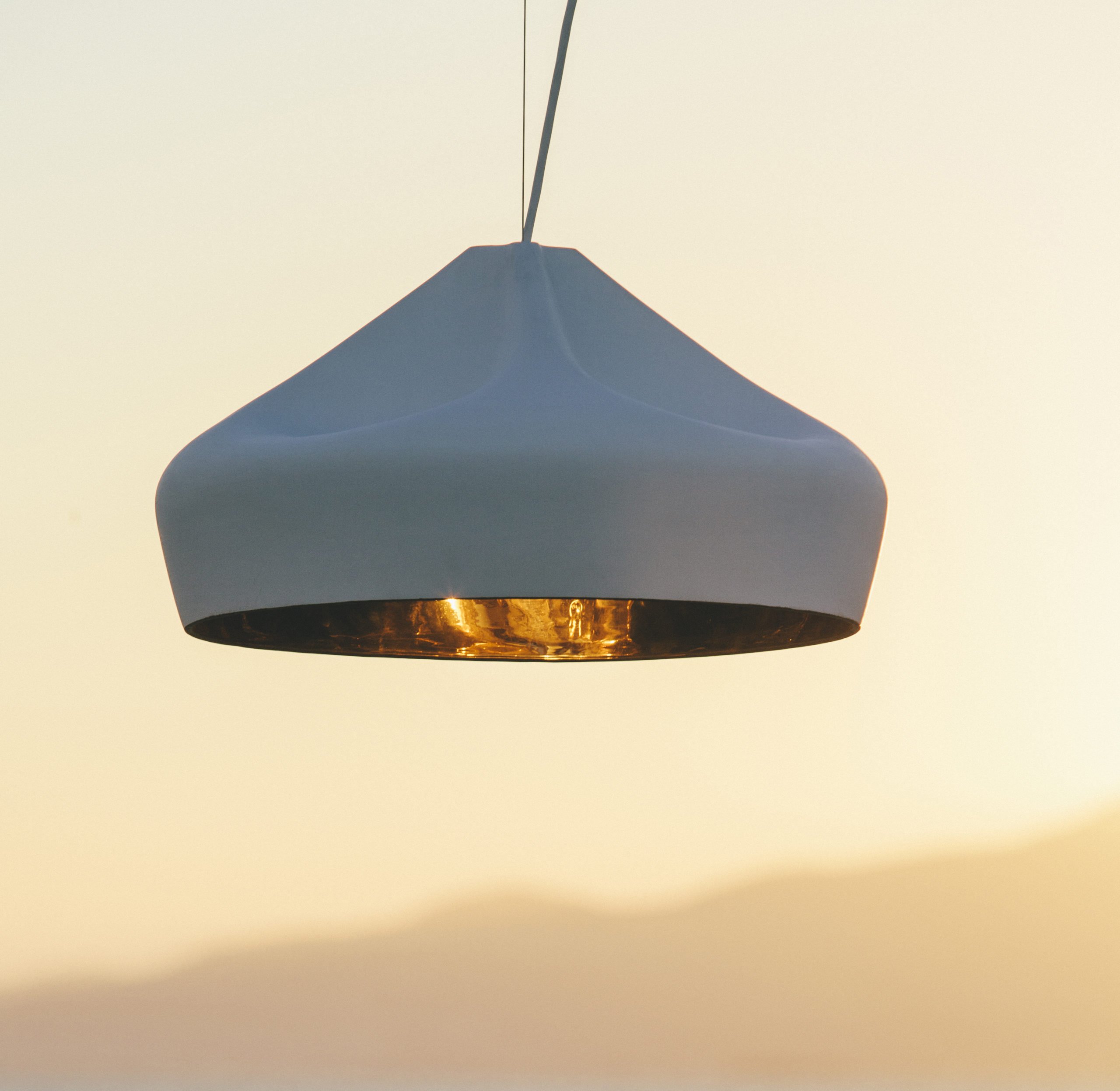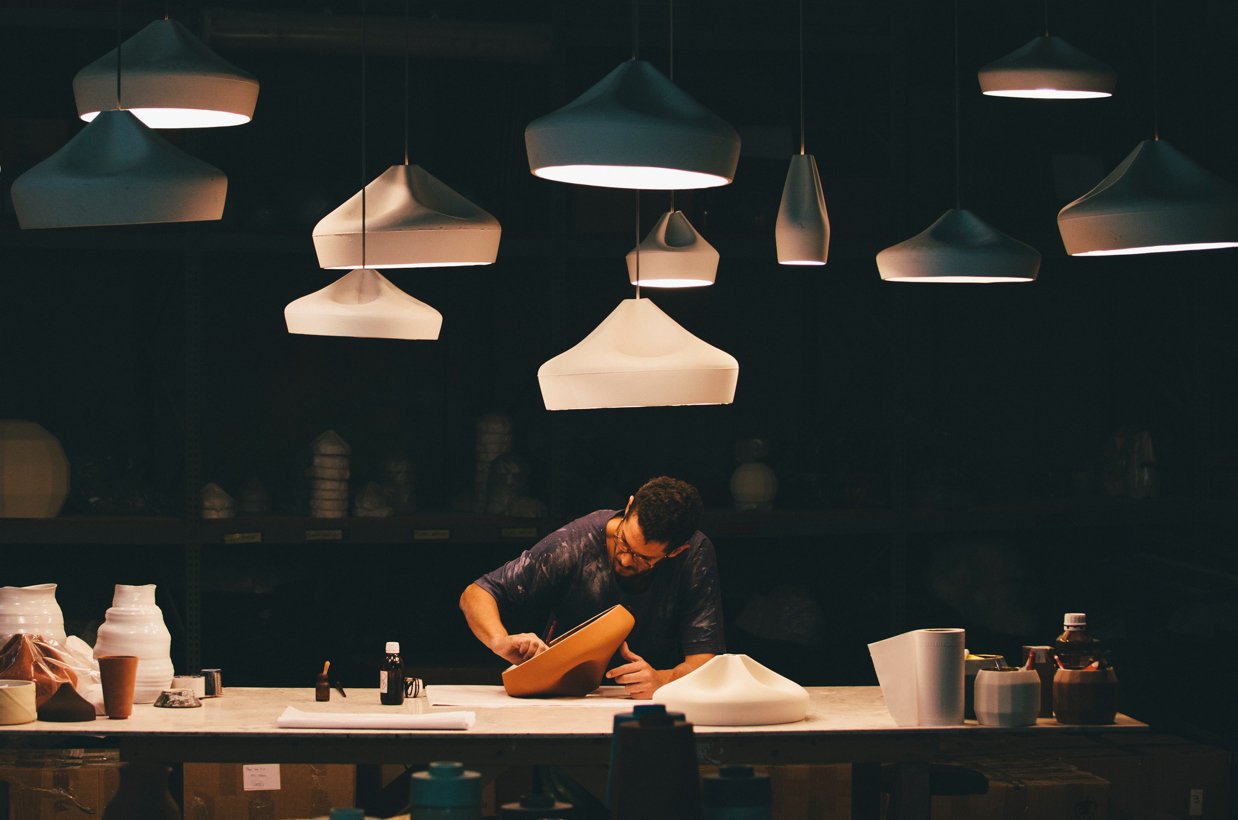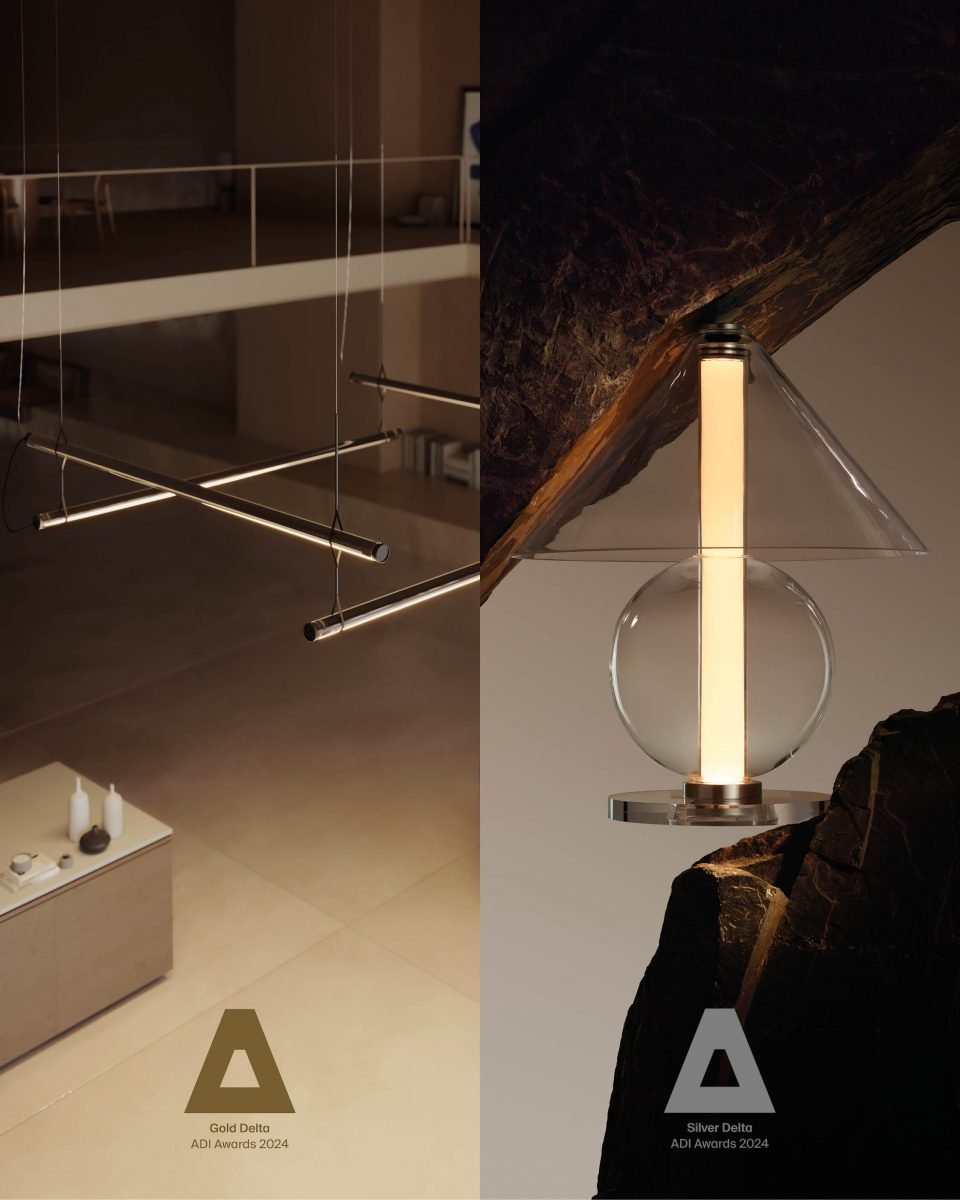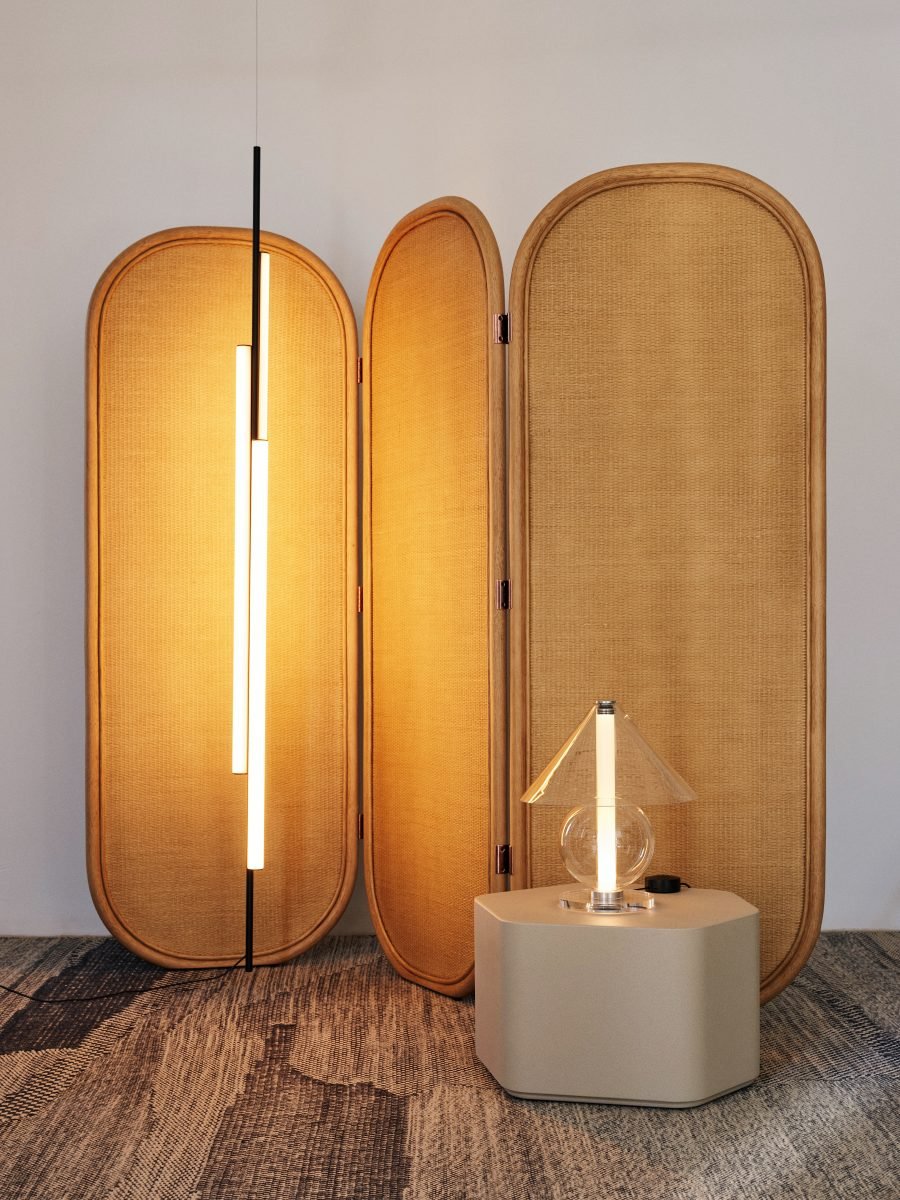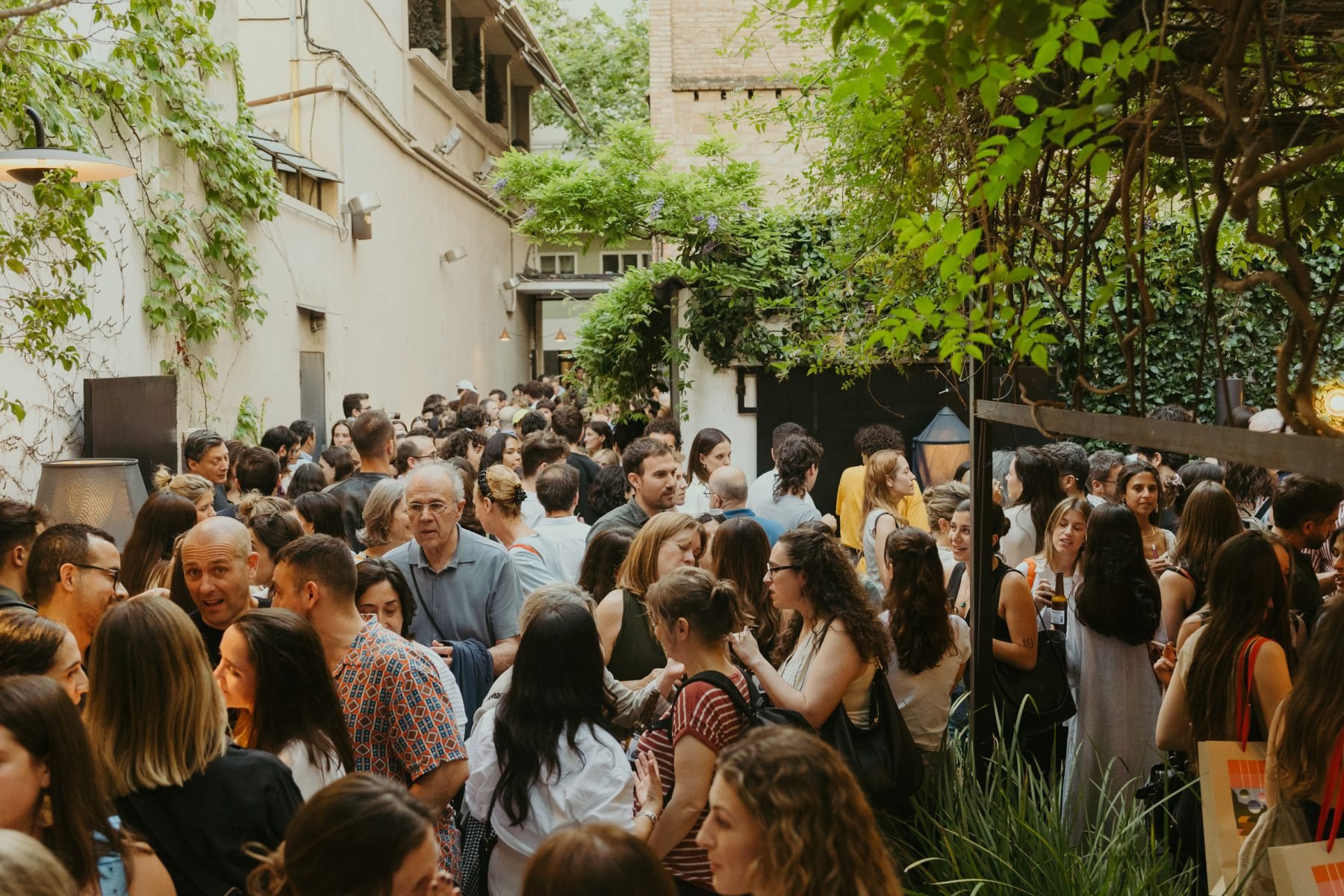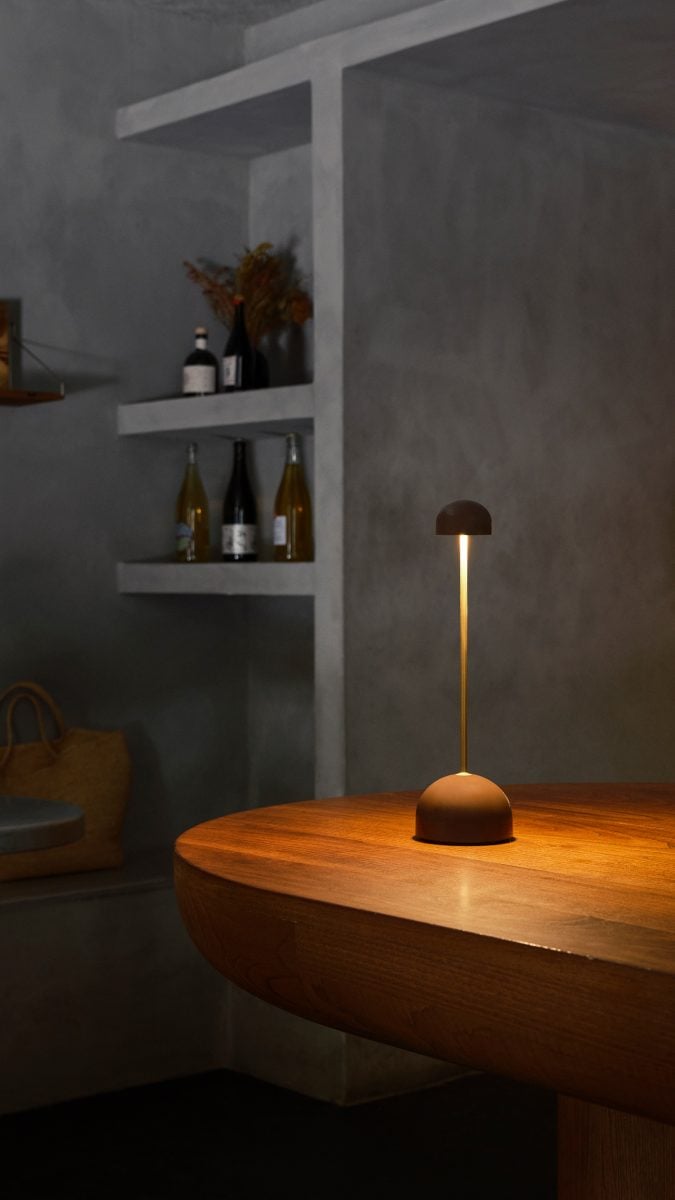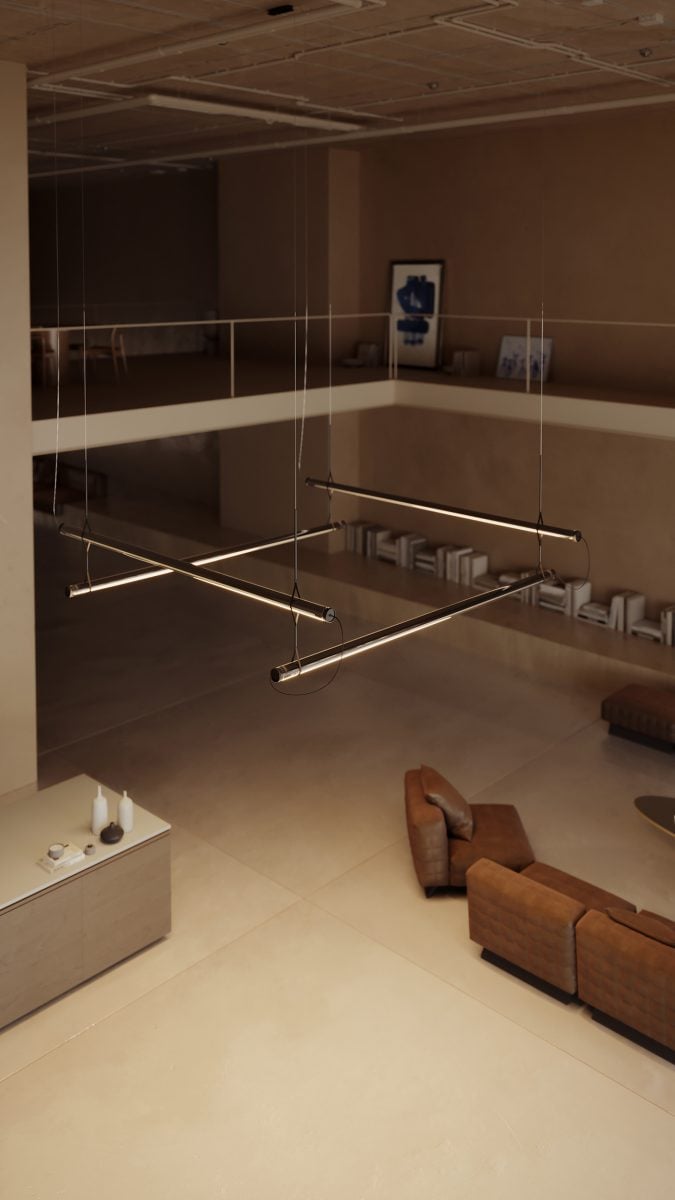Growing with what you do: 10 questions with Xavier Mañosa
Xavier Mañosa is a ceramist and designer at Marset. Among his best-known lamps are the Pleat Box and Scotch Club collections, both made in conjunction with Mashallah, combining digital design and craftsmanship. From a ceramist family, Xavier trained in industrial design and ended up finding himself making ceramics. He lived in Berlin, where he founded Apparatu, his studio, and returned to Barcelona. Today, Mañosa is recognized as a contemporary ceramist for his experimentation with mixing materials and using technology to design.
How did you start in ceramics?
My beginnings in ceramics are… natural, shall we say? My parents are ceramists and I found myself making ceramics. I grew up in someone else’s workshop, which has some very good things and some peculiarities, like suddenly finding yourself in a place, with tools and materials that have been chosen by someone else. And despite the strong bond that exists, that also generates a certain sense of separation.
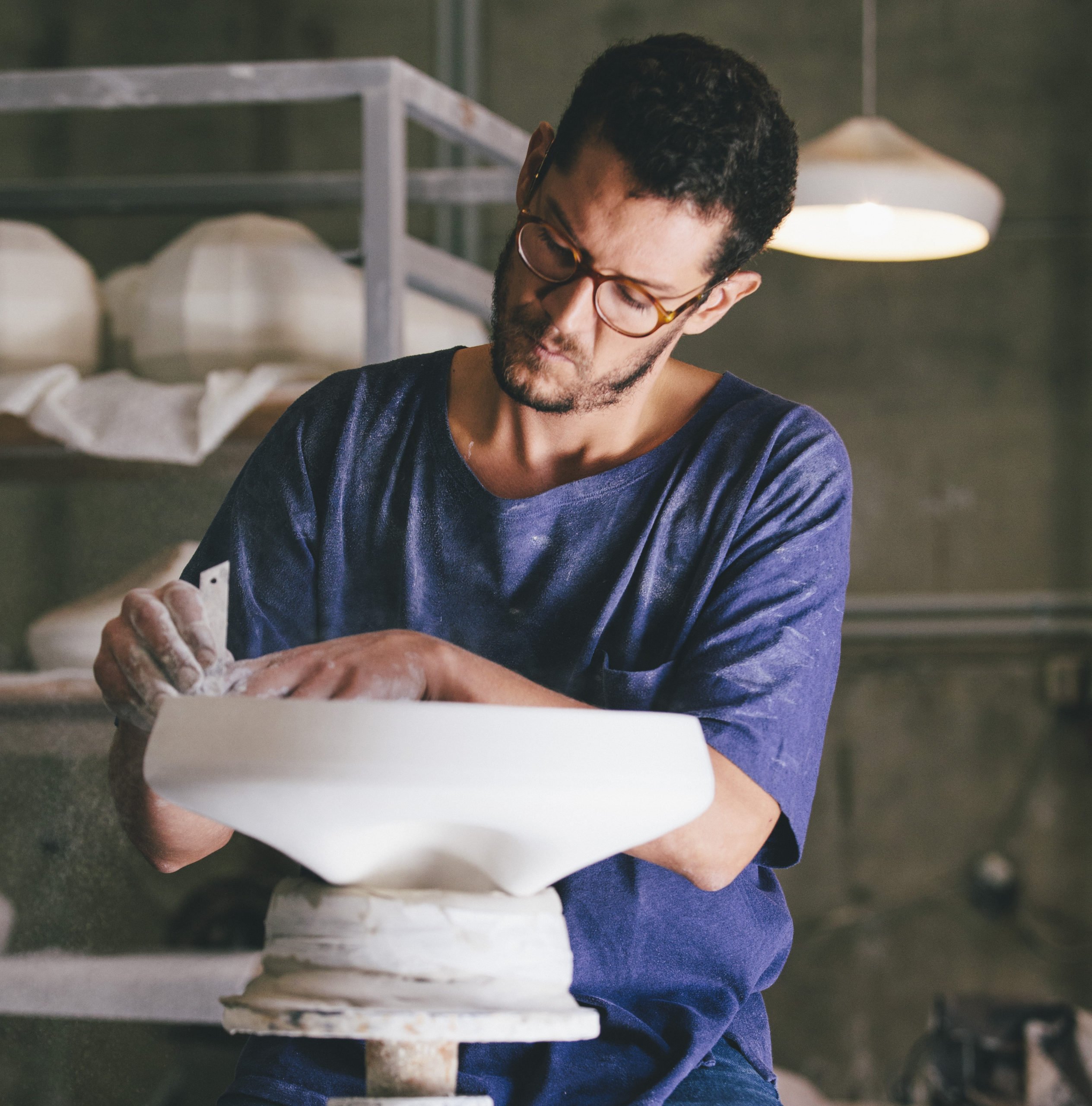
Do you need independence?
When you dedicate yourself to a type of craft, you grow with the material and the tools. With the tools that I have looked for, built or bought, I have a very different relationship to the ones that came as standard. The workshop is also mutating: eight years ago we moved, and that is very important to start over, especially when you work in a family environment, in which there is the inheritance of the craft but also the emotional inheritance. And suddenly you make a change and you build it all over again. So much so that I would like to change workshops, and make a “definitive” workshop.
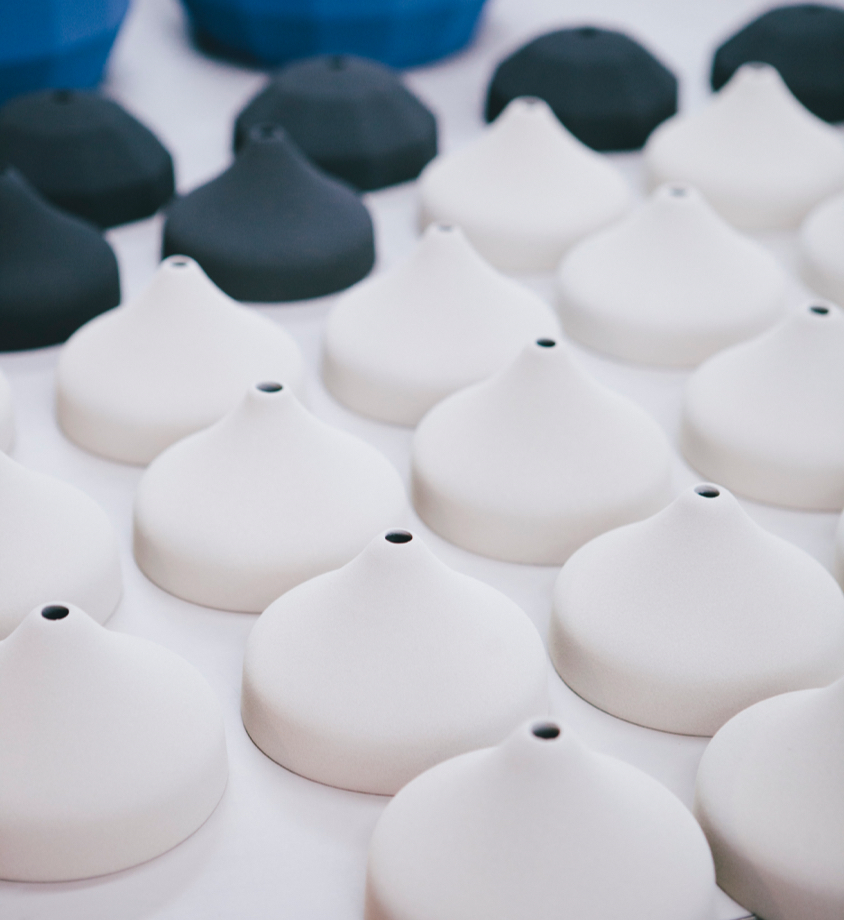
What do ceramics allow that other materials don’t?
I can’t compare it with any other material, because when you specialize a lot, the material becomes infinite, so I can’t have an opinion about another one. I can tell you that ceramic is a very flexible and elastic material, in the sense that it gives you many options. It is also a material that gives you more annoyance than joy.
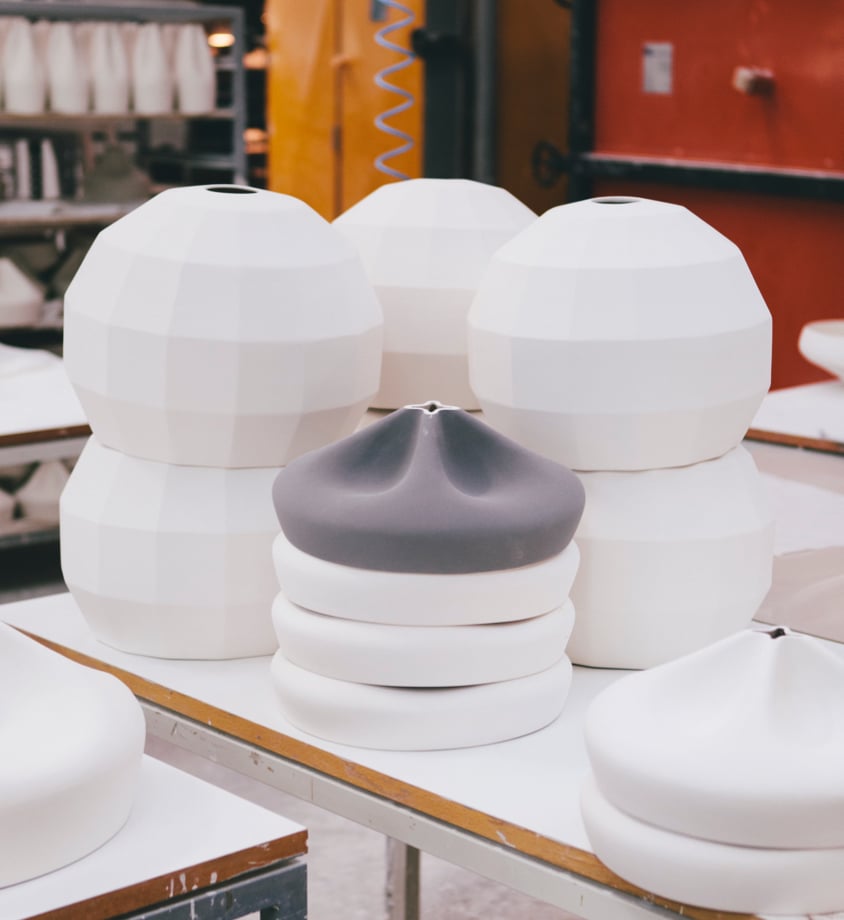
What do you mean?
There is a moment when you separate from the piece, when you put it in the kiln, and you leave it in front of an external element that you do not control. There can be many disasters when you open the oven door, you get slapped with it every day, but you will always have to live with that. Separating yourself from the piece is not pleasant because you lose control and you are no longer the one deciding about it all. But at the same time, I like that a lot.
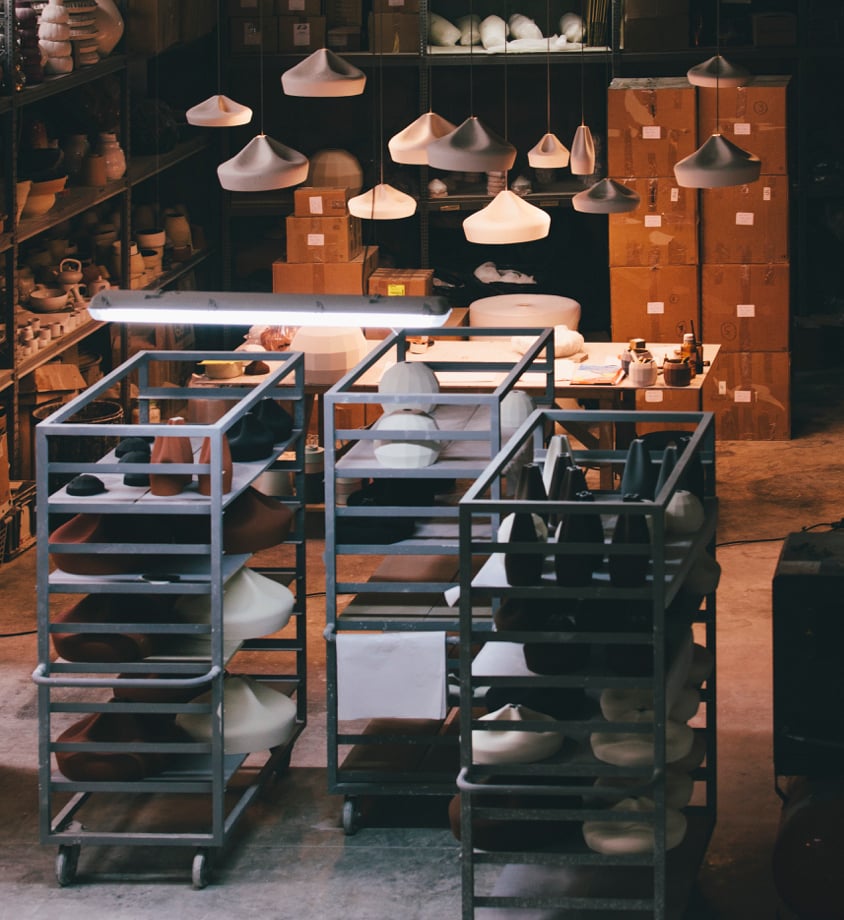
How do you work with light through ceramics?
I think a lot about the material and the process, and for a lamp that is going to be produced on a large scale, that’s important, because all the decisions you make will be reflected in the production. I have to take into account the technical part, which seems unromantic, but I like it. As for the material, it depends a lot on which one you use because its opacity will define how the light will pass through. It’s the same with the process and the type of mold you apply: the material will understand the light in one way or another. And then there is the LED world and the new lighting systems, which we have to learn a lot about while trying to optimize the resources that already exist to make a lamp that makes sense.
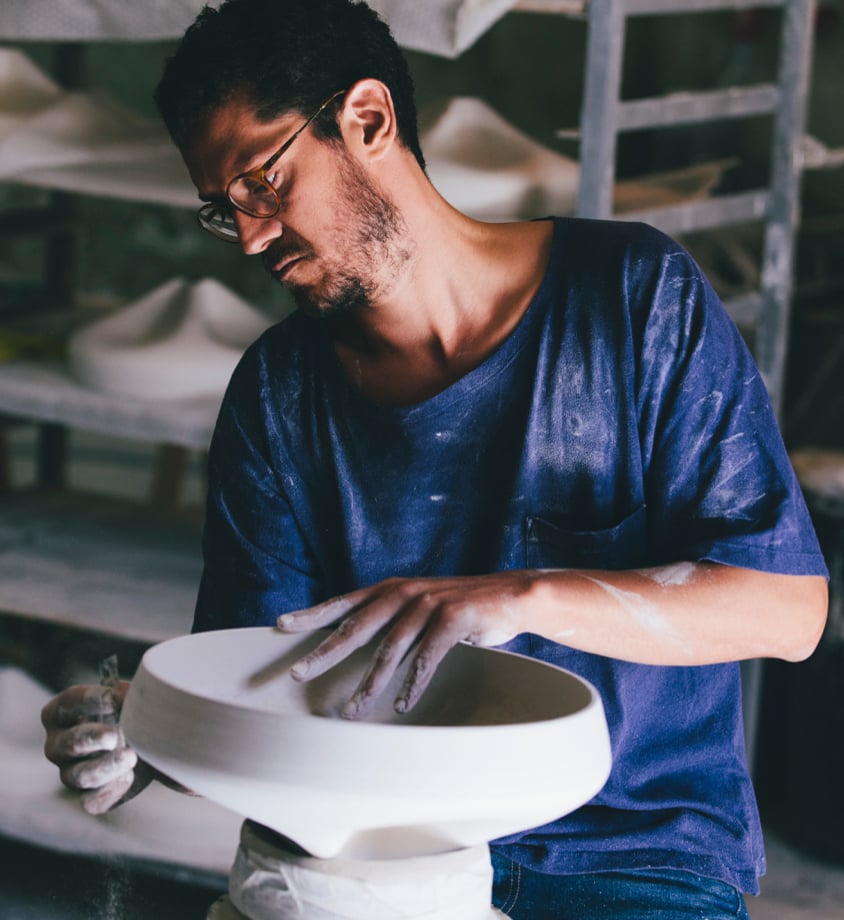
What does it mean to you to make lamps?
It has become much more complicated than it was when I started. Like everything: you start with something and you don’t have any fear because you have nothing to lose, and you’re just going to try it out. You have a lot fewer fears than I have now, which, on the other hand, I’m very grateful for, because they’re the ones that keep me away from the things that need to be avoided.
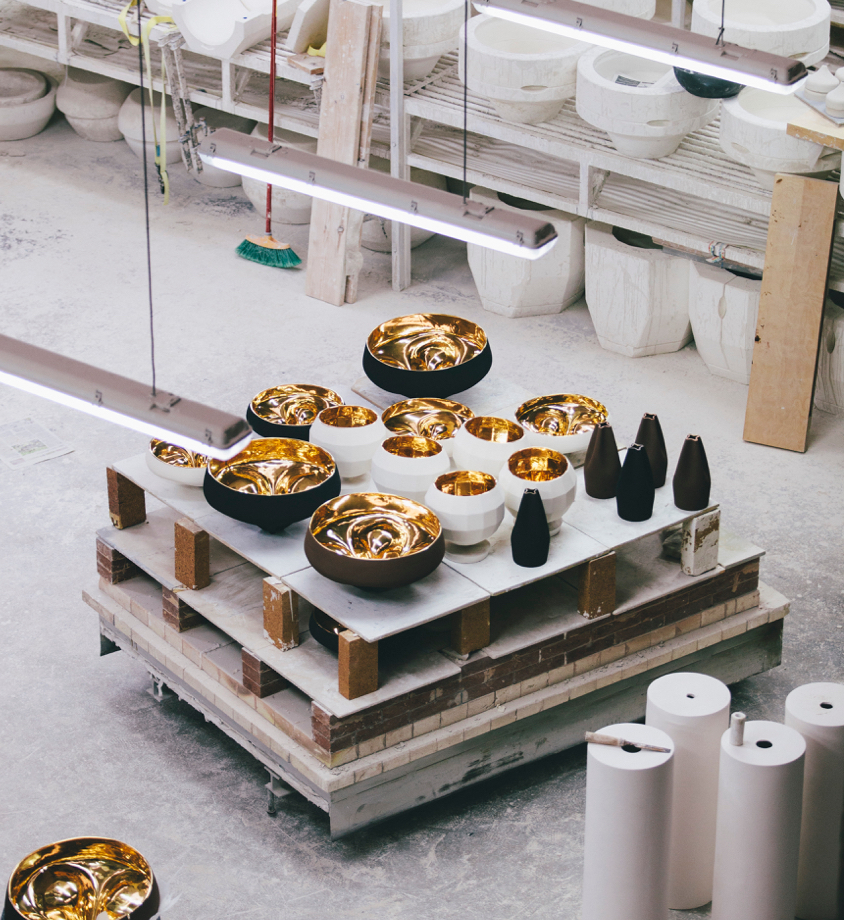
How do you feel about merging technology with craftsmanship?
We have very romantic ties to craftsmanship that, in my opinion, are not necessary. Technology is something intrinsic to manual work, because it’s what allows you to translate what’s in your head. It is the creation of tools, which will be more or less complex depending on the task you perform. In my case, there is no complex technology involved, although now that I’m working with extrusion it does seem complex, especially because I don’t know it. I am also learning to use a fluid simulation program, which is crazy, and which allows you to understand how the material will behave inside a machine, so that you can make a sound decision before investing in one.
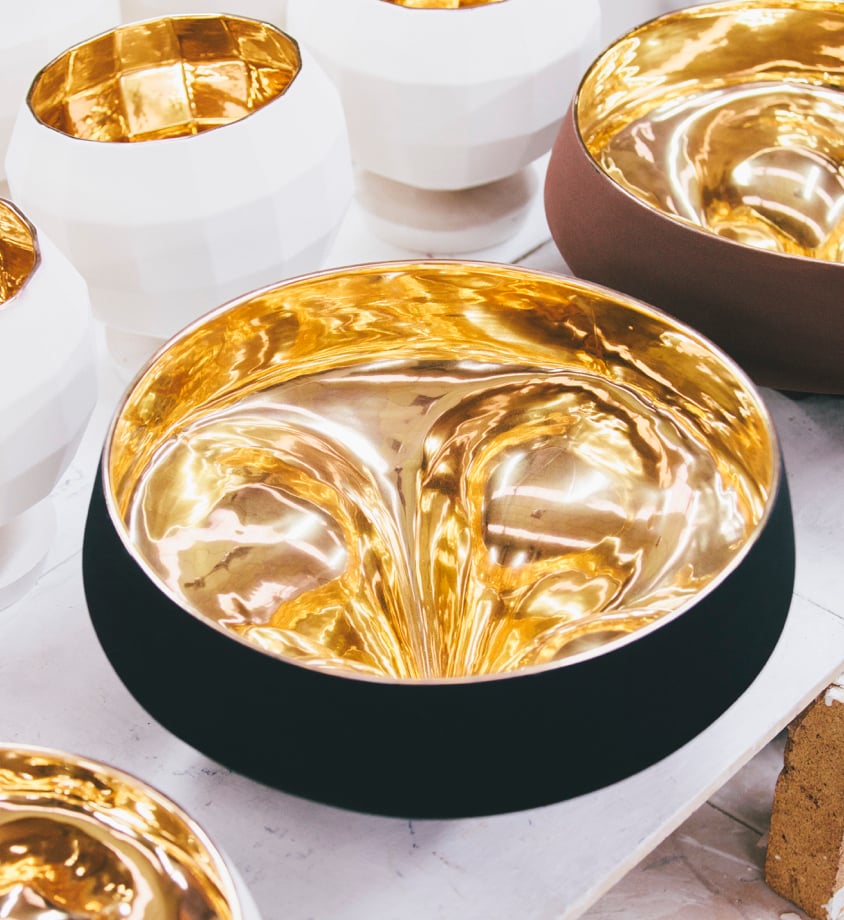
What do the Pleat Box sheets convey?
The Pleat Box is a lamp that is very dear to me. It has an organicity, a geometric and iconographic form that we understand: it is round and has a conical part, and suddenly within the regularity appears an irregularity – ordered – that works. No one, at any time, stopped to define it exactly, but it came about by testing a silicone that we wanted to mix with ceramics: when we discovered that the silicone folded like this, we got down to work to translate those folds into the computer. It’s something that happened at a certain moment and that’s why it’s difficult to give it an authorship. The Pleat Box is honest and simple, and that’s why I like it. It’s just a screen with a gesture that makes it special.
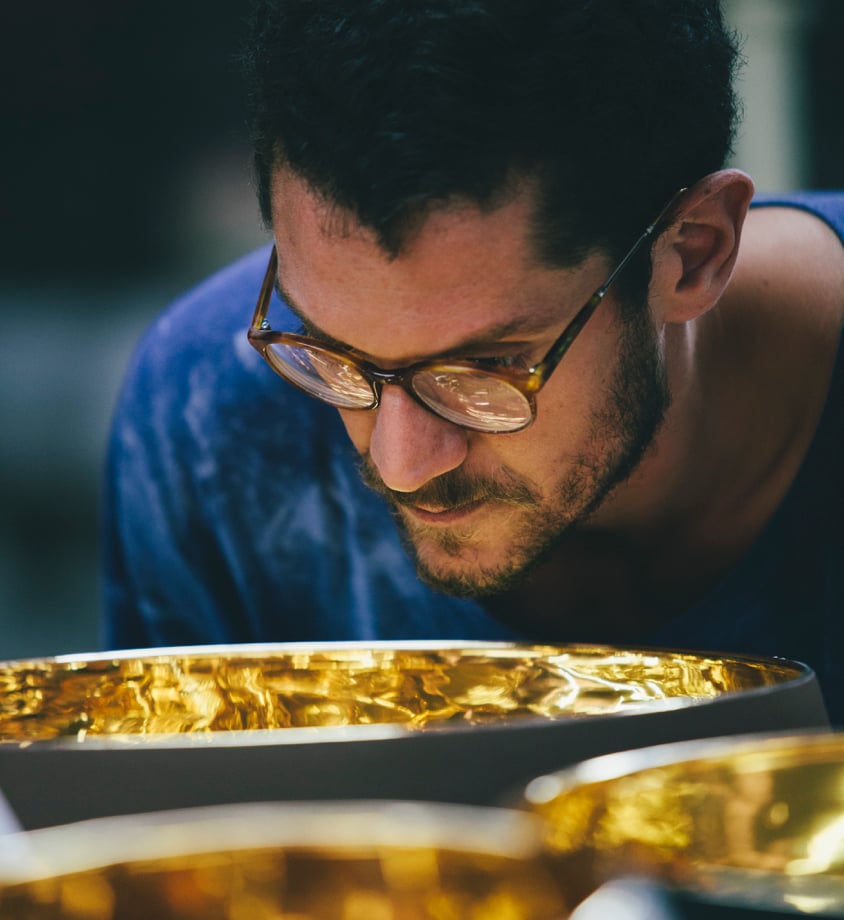
What inspired you to design the Scotch Club?
Right now I have to reconcile myself with the Scotch Club, although I recognize that in the original concept there was something interesting on a technical level: at that time, Mashallah was working with digital processes focused on clothing, and the first idea was born of printing a volume on paper and from there developing the geometry of the shape, mounting it on paper. It really doesn’t have much of a secret, and compared to the Pleat Box it is a much simpler lamp. Both have the same process and finish.
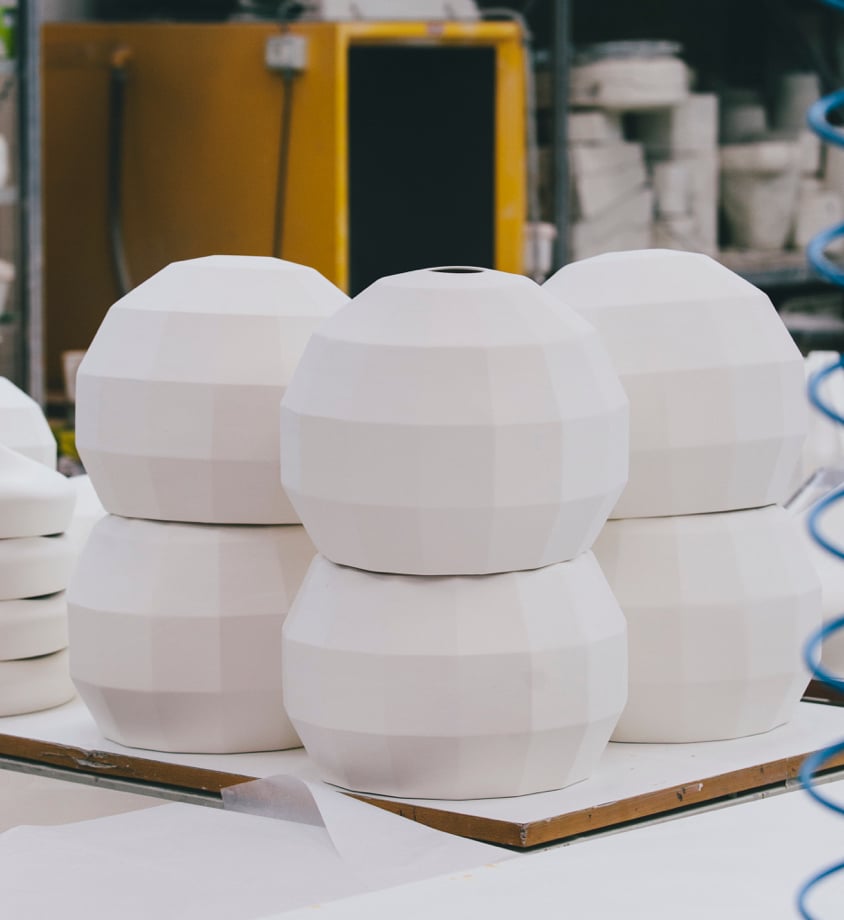
How is your relationship with Marset?
It has been going on for many years and, as in any relationship, there are good things and not so good things, but between the two of us it is true that we have achieved a successful product. I love and value them very much, something that does not always happen in the professional world.
